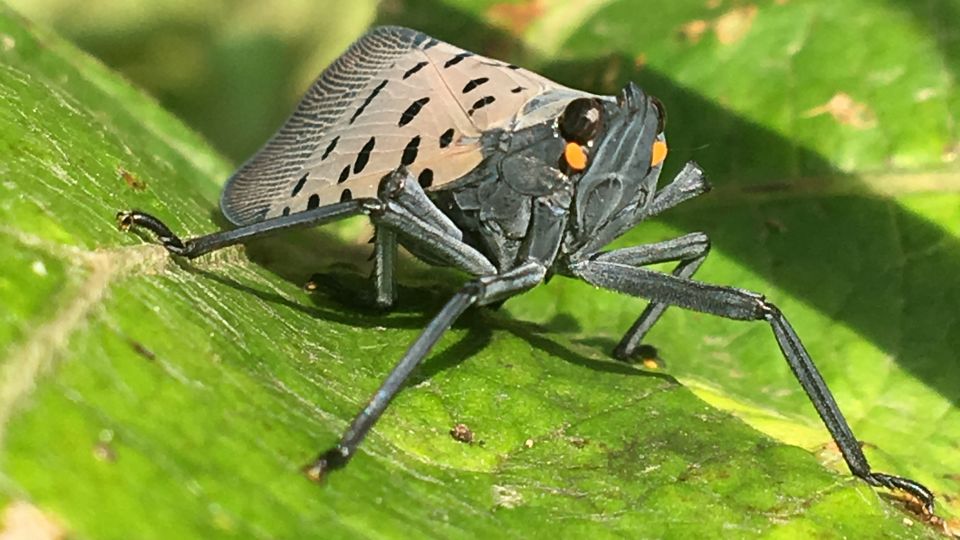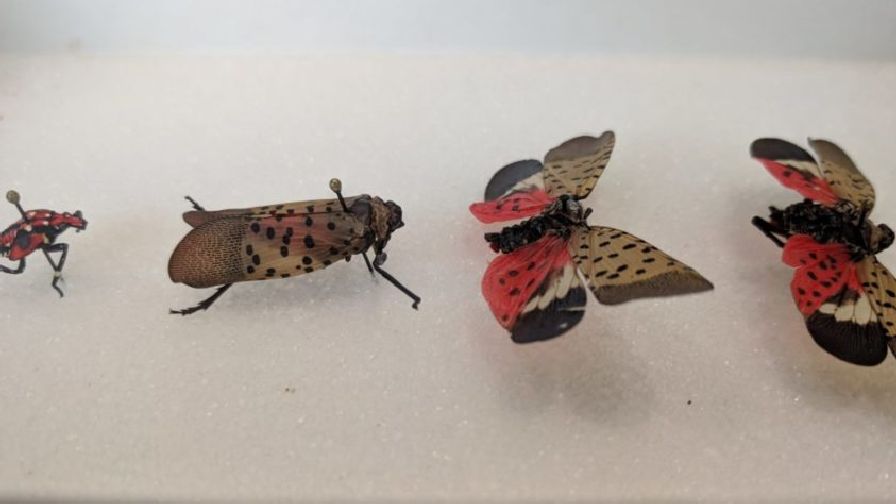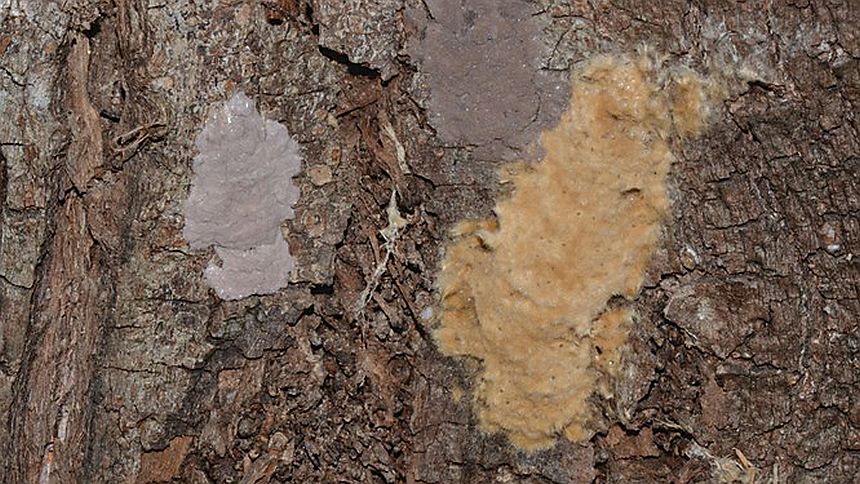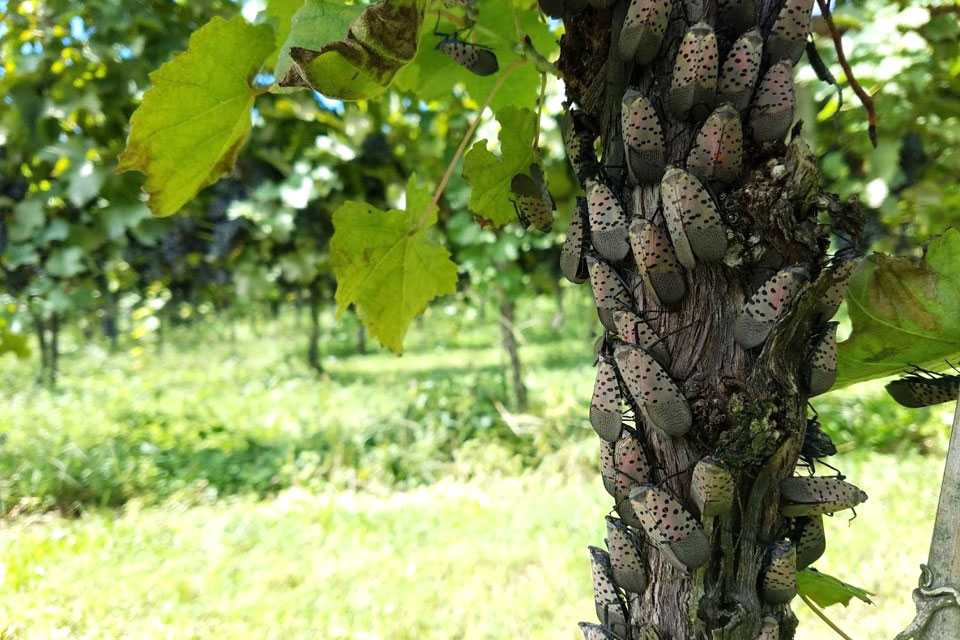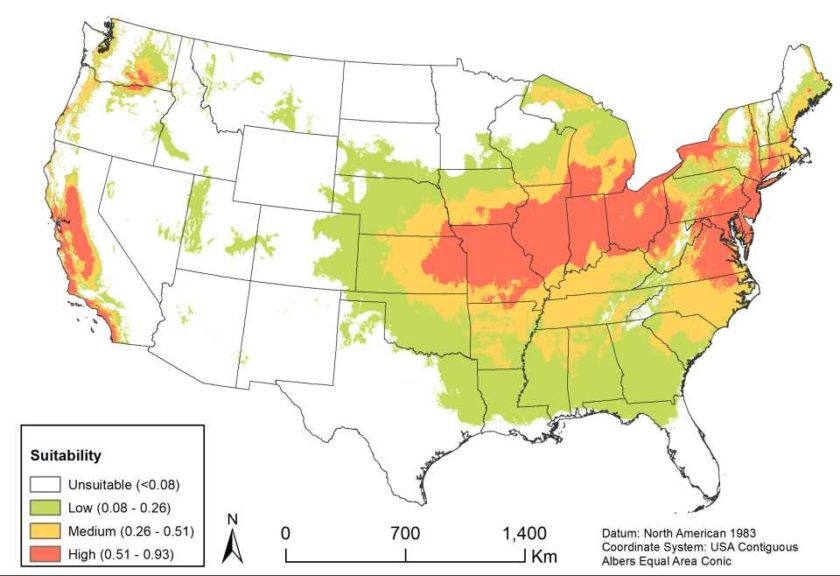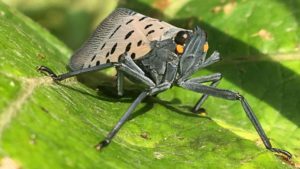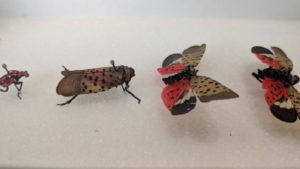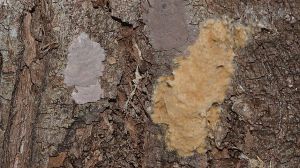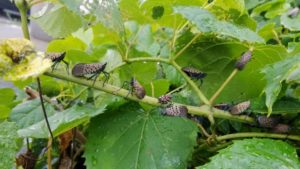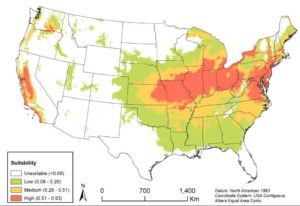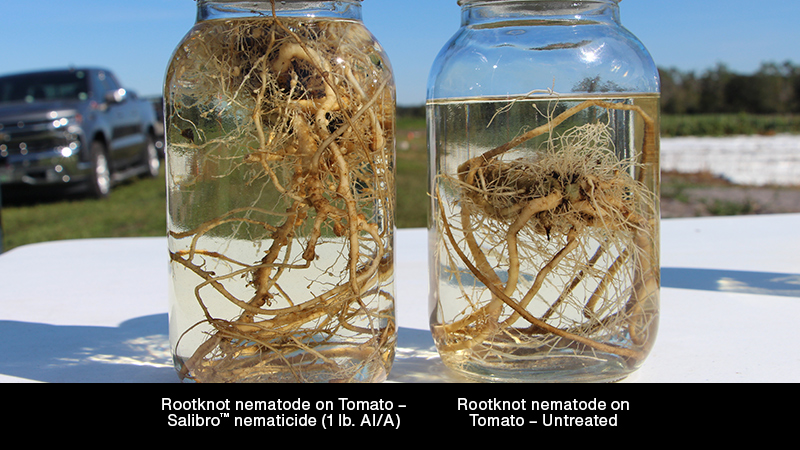Adult Spotted Lanternfly and Eggs Found in Upstate New York
The Finger Lakes region in New York state is on high alert upon the Nov. 12 discovery of spotted lanternfly (SLF) egg masses as well as adults, both live and dead, in Ithaca, the home of one of the country’s top agricultural schools, Cornell University.
Although there have been instances of single adults being found in the area, this is the first confirmation of egg masses being found in the Finger Lakes region. Scouts with Ag & Markets, the Department of Environmental Conservation, and other organizations have conducted intensive surveys of the area since the discovery and are trying to identify other occurrences of the pest.
Work has also started on developing plans for the removal of tree-of-heaven, which is the preferred host of SLF, and for the use of a targeted insecticide. Although tree-of-heaven is the favored host of SLF, removing tree-of-heaven from vineyards and orchards alone won’t prevent SLF from showing up, as the pest can move from neighboring properties and survive on other preferred hosts besides grapes, including black walnut, butternut, river birch, willow, sumac, red maple, and silver maple.
Hans Walter-Peterson, Viticulture Extension Specialist with the Cornell Cooperative Extension, advises local growers to look for more egg masses this winter while advising their employees and crew to do likewise. This linked YouTube video from the New York State IPM Program offers valuable basic information about what to look for as well as several photos of what egg masses look like.
If SLF eggs are found (adults would have been killed by freezing temperatures), Walter-Peterson recommends that individuals:
- Take pictures of the insect or SLF eggs. If possible, include something for scale, such as a coin.
- Note the location: address, intersecting roads, landmarks or GPS coordinates.
- Email the information to: [email protected]
“We’re all crossing our fingers that the inspectors will be able to find and destroy all of the egg masses in the area, but it’s entirely possible that not all of them will be found,” Walter-Peterson says. “The fact that we have now had our first confirmation of egg cases in the Finger Lakes region means that our vigilance about this pest needs to get ‘kicked up a notch,’ as Emeril Lagasse would say, in the coming months. As most growers know, after tree-of-heaven, grapes are another attractive host for SLF, so the proximity of this pest to our region means that there is an increased risk for them to impact vineyards.”
Fact sheets with more information about SLF are available at the New York State IPM program’s SLF webpage.





